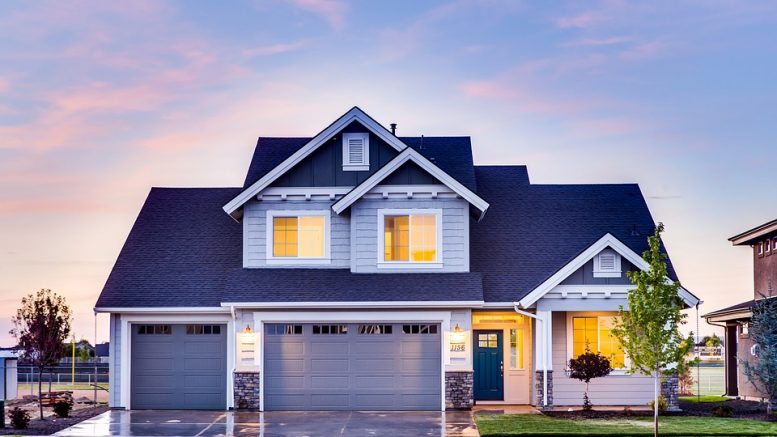As construction technology has increasingly become more advanced, constructing affordable, sustainable, and stylish homes as fast as possible is no longer an elusive dream. Structural insulated panels (SIPs) have become a topic of interest among architects, researchers, interior designers, as well as average homeowners in recent years because they have brought a lot of good news for everyone.
Imagine your basic ice-cream sandwich, and you have just created a mental image of a structural insulated panel. Look past its cute exterior, and you will discover a high-performing, energy-efficient technology that is a dream come true for any demanding architecture project with a tight schedule. SIPs are composed of a layer of foam insulation snug between two pieces of plywood, strand board or cement panels. By creating tight envelopes, SIPs provide the benefits of a reliable engineered product with minimal waste in its prefabrication.
This material is fire-resistant and weatherproof. Unlike other panels that disintegrate after being exposed to severe weather conditions for a while, SIPS are designed to remain in mint condition.
According to Home Innovation Research Labs, SIPs save 50 per cent of an average household’s energy costs compared to houses built from conventional materials. This is because of its continually insulated walls that do not cause thermal bridging. Compared with the timber framing of fibreglass batt insulation, SIPs have higher heat resistance and less air infiltration.
It is also a lot faster to build houses with SIPs. Since they are pre-designed, this material is easier to install. The time it takes to finish the process of building an average structure is reduced by up to 60 per cent compared to traditional materials. This saves homeowners a significant amount of costs on manpower, and developers can finish large projects at a more efficient rate.
Since it is a relatively new technology, architects of today generally are not very familiar with its aesthetics. Homeowners, then, back off from using it because they think they are ugly. However, we need to look past the aesthetics and consider its use because its design has a lot of potential.
For starters, the structural insulated panels are much lighter and thinner than the traditional panels commonly used in homes. This makes it easier and more flexible to customise. Its surface can be given finished looks that any architect can play with. Bricks and stones can be installed over the panels too, for that medieval feel. SIPs also come in different sizes, colours, and styles.
Balancing cost, functionality, flexibility, sustainability, efficiency, and style, SIPs make green architecture accessible and relatable. This material plays an essential role in the current energy state of our planet. We can get an inch closer to the dream concept of having zero-energy homes when we provide green alternatives in construction and architecture. Whether you want to use them in an average home, row houses, or commercial buildings, SIPs can help reduce the consumption of energy and push communities toward a sustainable future.



Be the first to comment on "Green Architecture Can Be Cheap and Stylish"